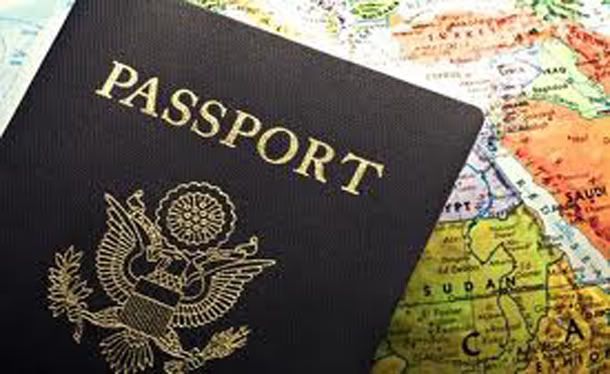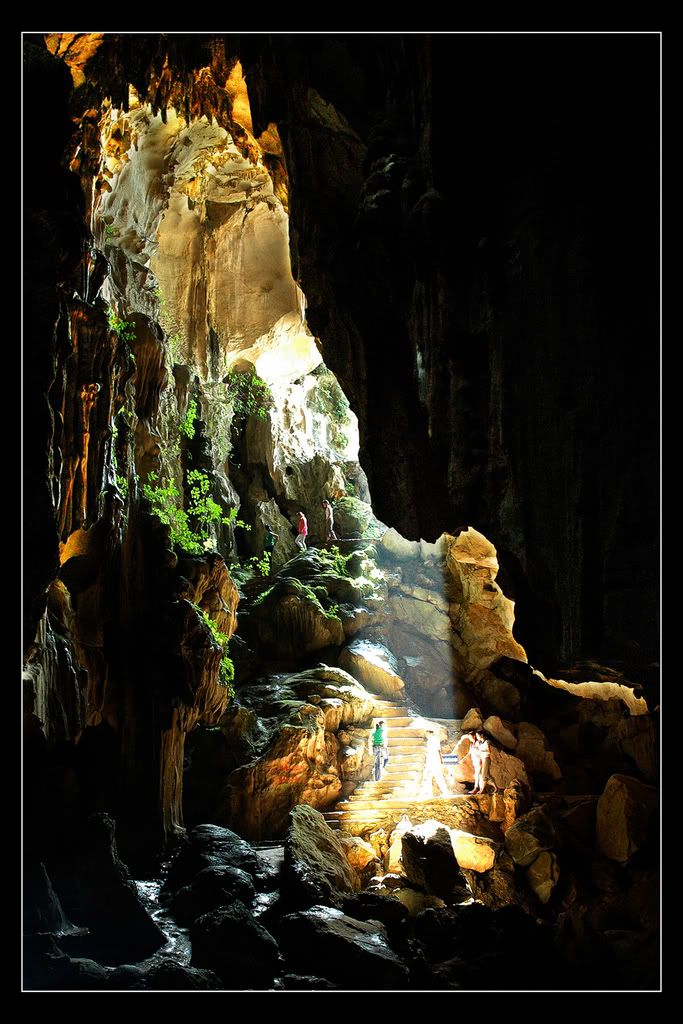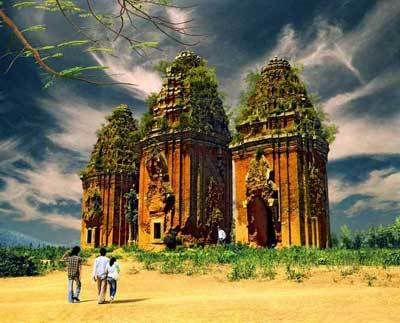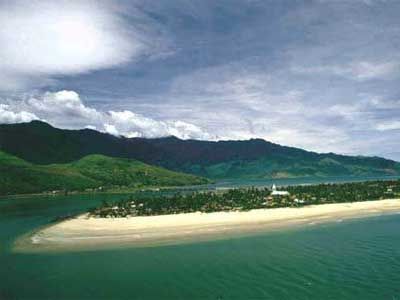This puzzle has hassled numerous visitors to Vietnam, many of whom write to us hoping to get some advice. If only Vietnam Online staff were not so diverse in perspective, style and places of origins. So the debates start spreading into our lunch times, phone conversations, emails and even into our heads while we prepare other parts of this website.
Enough rivalry and competition said - here we present to you the debates between Duong Nguyen - one of our Hanoi senior editors and Thu Ngo - our most recent addition to the Ho Chi Minh City team. Expect some heaps of aggression underlain by love and pride.
The motion is clear enough: Ho Chi Minh City deserves your precious holiday more than Hanoi.
Thu Ngo - the proposer of the motion - tells you why it is so.
1. Favourable Weather:
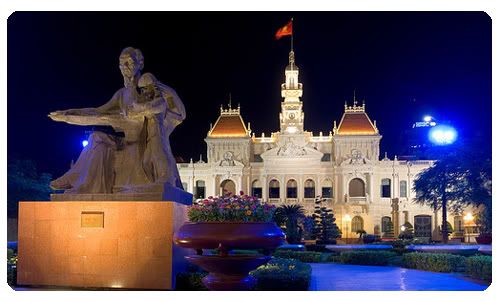 Ho Chi Minh City
Ho Chi Minh City Adjacent to the Mekong Delta in the South, the Southern Vietnam, Ho Chi Minh City has much more comfortable weather in comparison with Hanoi’s. Unlike Hanoi with the extreme four seasons (Spring, Summer, Fall and Winter), Ho Chi Minh City has only 2 seasons: dry season and rainy season. And on the side note, Hanoi summer is unbearable while its winter is, well, notorious even for those from Northern Europe or North America. In Ho Chi Minh City, dry season starts in December and lasts till April and rainy season is from May to November. The average temperature all year round is just 32 degree Celsius (90 degree Fahrenheit) much lower than Hanoi’s.
2. Convenient Transportation:
Ho Chi Minh City has better transportation system of which new roads are being built and put into operation, such as Vo Van Kiet Boulevard and Dong Tay Boulevard that shortens time and effort travelling among district 1, 5,8 and outer districts like Binh Chanh). This is not to mention the fact that Tan Son Nhat Airport welcomes a lot more international flights than Noi Bai. Traffic jam is not uncommon in Hanoi, neither is Ho Chi Minh City. However, due to the bigger roads, traffic jams in Ho Chi Minh City are somehow less severe than in Hanoi. Beside, public transportation, bus, is so convenient and affordable that you can reach almost anywhere you want. With only 20-25 cents, you can travel over 70 km (43.5 miles) from the city center to outer districts like Cu Chi.
3. Various kinds of entertainment:
Influenced by French culture during the French occupation and American culture from 1960s-1970s, Ho Chi Minh City has much to offer in terms of entertainment, from live concerts to latest movies. All of the entertainment facilities are modern and well-equipped with the advent of technology which surely brings visitors relaxing time at affordable price.
There are also a lot of amusement parks where family and friends can take a thrilling ride or have a picnic together. Three largest theme parks are Dam Sen Park (District 11), Suoi Tien ( Thu Duc District) and Dai Nam (Binh Duong Province), which do not have a single equivalence in Hanoi. From Ben Thanh Market, you can take bus no.11 to Dam Sen Park, no. 19 to Suoi Tien Park or no. 616 to Dai Nam Park. If you want something active and sporty, you can try ice-skating at the Youth Cultural House (04 Pham Ngoc Thach, District 1) or check out one of the major basket ball courts in the city stadiums.
4. International food and restaurants:
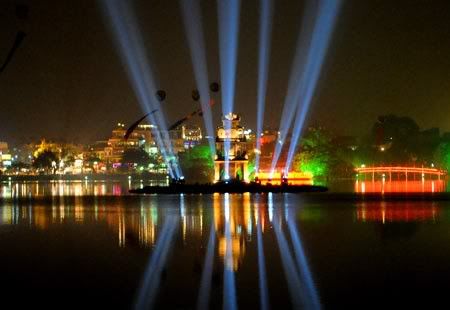 Ha Noi City
Ha Noi CityNowhere in Vietnam can you find such a diverse range of food from all over the world like Ho Chi Minh City. Italian, German, English, Hungarian, Indian, Chinese restaurants are omnipresent, serving authentic and quality meals that can meet the needs of any craving. Just stop by a restaurant without any booking in advance needed.
If you want a combination of food from many countries, you can visit food courts at some shopping malls such as: Diamond Plaza ( Le Duan, District 1), Vincom Center (Le Thanh Ton, District 1). You can have a pizza, sushi or Chinese dishes all at the same time.
5. Active and direct lifestyles:
One of the youngest cities (over 300 years ago) and affected by foreign culture from French and American troops, Ho Chi Minh City has more modern and active lifestyle than any other places in Vietnam, including Hanoi. People are so friendly and willing to help you. They are outgoing, frank and direct. Therefore, it will be easy for you to make friends and be close friends with them. This is extremely beneficial if you are doing business, or, well, dating, a Vietnamese partner. If they invite you out for dinner, they really mean so. Be ready to go if invited or else you make them upset of not coming.

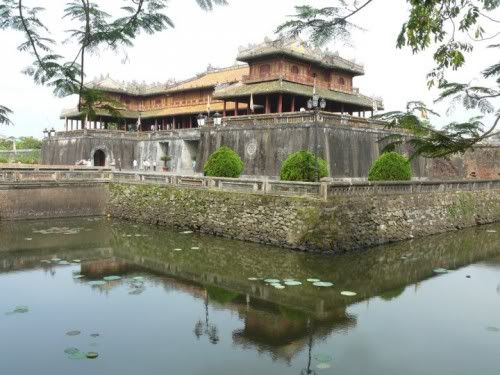
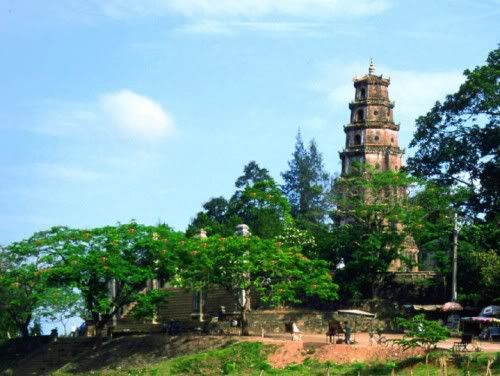
 Truong Tien bridge
Truong Tien bridge